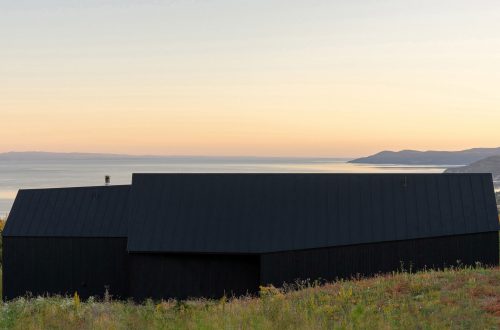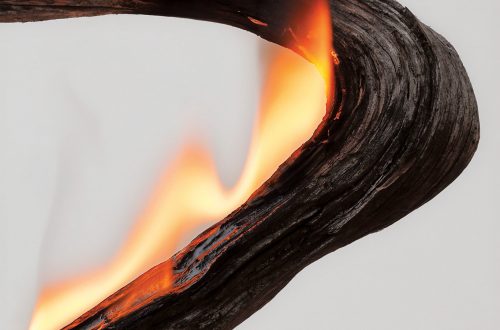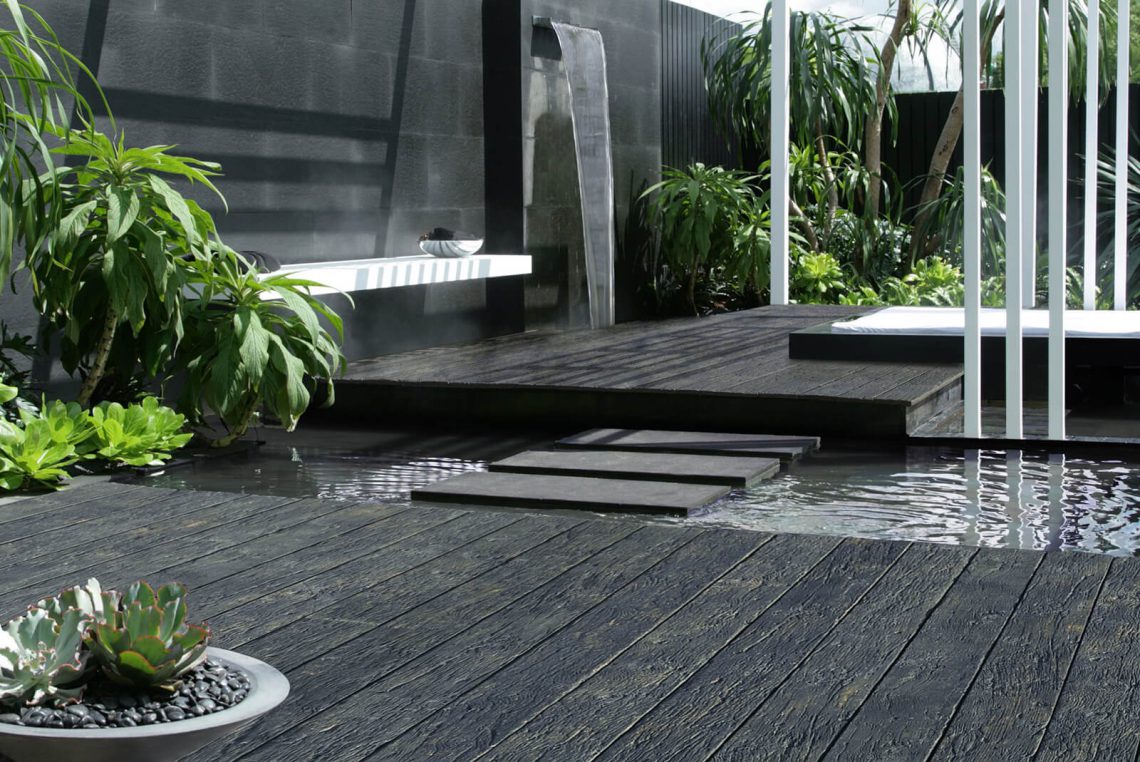
Why Shou Sugi Ban is More than a Design Trend
During the past few years, there was a bevy of new, interesting design trends. Almost all of these trends have three things in common: biophilia, sustainability, and authenticity. These goals are what underlie some of the most popular design trends today, from reclaimed wood to net-zero energy usage.
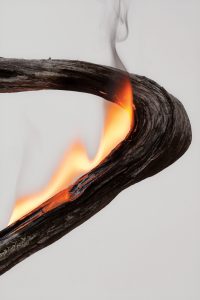
One captivating design trend having increased interest is shou sugi ban. The resulting charred wood is a deep obsidian that’s strikingly rich, and is become more common in all kinds of residential and commercial settings. As hot as it may be right now, shou sugi ban is much more than just the latest design trend. It encapsulates the understanding that traditional shou sugi ban can pave the way for a new era of sustainability in design and architecture.
Architects and designers are always looking for new and innovative ways to create spaces that are healthier for humans and better for the environment. They are using design to intentionally create experiences. Some trends borrow on past artisanal methods that hearken back to another time.
From the Past to the Present
The practice of shou sugi ban dates back to the 18th century, although some more primitive examples of the technique have been used since at least 700 AD. At its core, shou sugi ban is a fire-based wood preservation method that was used for exterior siding. Traditionally, it’s only used with Japanese cedar, which reacts to the fire in a unique way to create the trademark charcoal look.
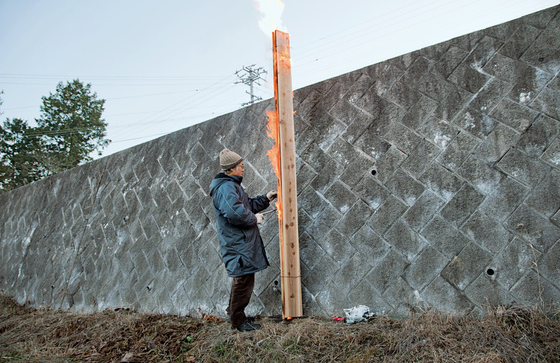
First, pieces of Japanese cedar are handpicked to ensure the resulting wood is both beautiful and high quality. Next, the wood is burned, blackening the wood itself and creating a layer of char. Traditionally, the Japanese cedar planks were bundled into triangular tubes to create a sort of chimney. The interior was lit for an intense exposure to fire and heat. After burning, the char is brushed off and the wood is oiled. The brushing method determines the final look. Today, many try to create shou sugi ban utilizing blow torches and other species of wood. If used properly, the shou sugi ban technique can preserve wood for years, which means little to no maintenance is required. If traditional methods and wood species are not utilized there can be issues with finish longevity and stability.
The process itself provides an insight into the popularity of shou sugi ban. Builders are constantly seeking out materials and methods of creating built environments that last. Having to renovate or update a space every few years is costly and consumes lots of energy. It’s much better for the environment (and design budgets) to develop spaces that are resilient. Since traditional shou sugi ban is durable and requires very little upkeep, it’s a good choice for architects and designers who prioritize lasting and durable siding materials.


